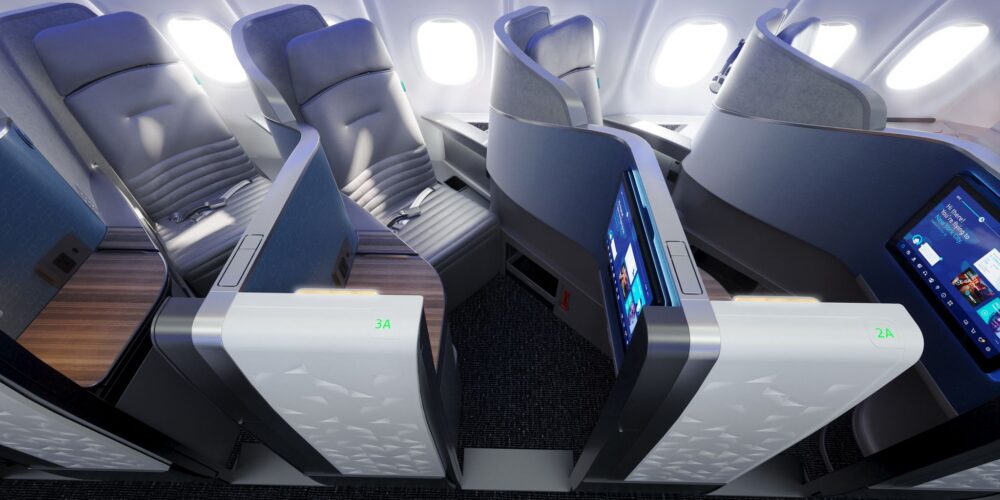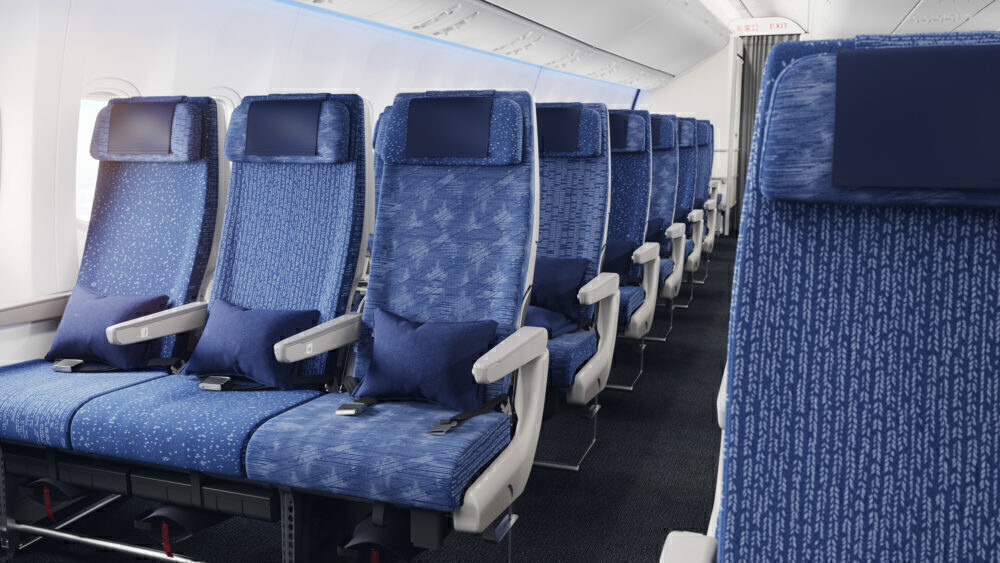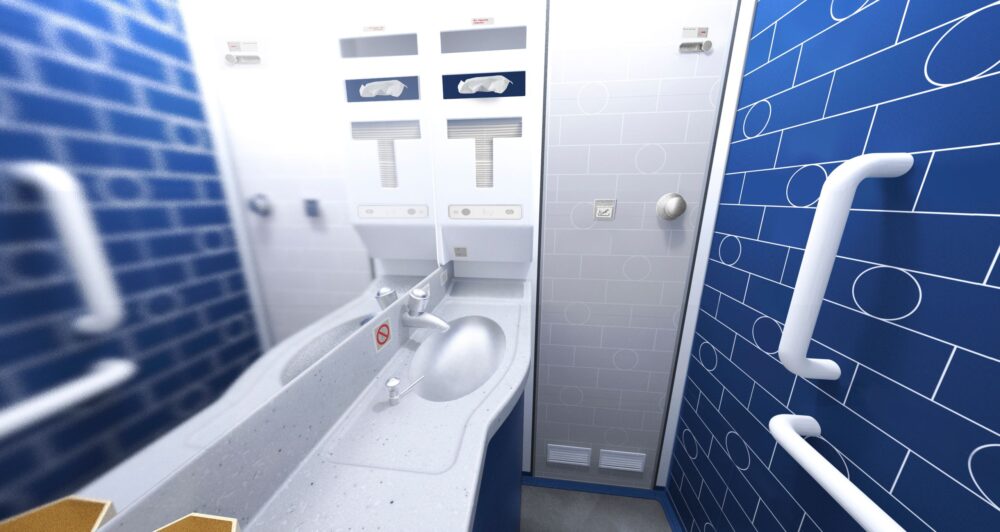There’s a careful science to aircraft cabin design. Not only does the product have to meet general specifications when it comes to aspects such as comfort, space, and entertainment, but it has to do so while respecting local customs. UK-based aviation powerhouse Acumen Design Associates is behind the design of many of the world’s most compelling aircraft interiors. Simple Flying had the opportunity to speak with the company’s CEO, Ian Dryburgh and brand experience director, Mike Crump, about how they tailor their approach to suit different regions.

A significant role
Ahead of the Tokyo Olympics, All Nippon Airways (ANA) consulted Acumen to give the airline’s new Boeing 777 aircraft a fresh look. Ultimately, the carrier was looking to provide a warm and calming cabin that exudes Japanese refinement. Japan-based aviation firms often prefer to keep input more local. However, with the Olympics bringing in athletes from across the globe, it was the perfect time to get an outsider’s perspective in. Nonetheless, ANA was also keen for its country’s heritage not to be lost. So, the airline and Acumen found the perfect way to balance the approach.
“It’s interesting because first and foremost, they wanted to have a Western perspective on their brand and product, because, as we know, Japan’s population is decreasing over time, and for the airline to continue to grow, they need to attract more foreign visitors,” Crump told Simple Flying.
“ANA worked with Kengo Kuma – the internationally renowned Japanese architect to design their new lounges. We were asked to partner with him to make sure that there was a seamless flow in the design from the ground to the air. He also approached Japanese design with a global outlook, and we learnt so much from him. The initial stage of the design process was really like going to the University of Japan – as the airline spent so much time helping us to understand what Japanese culture and design was all about at the many meetings in Japan and London.”

Applying the knowledge
Overall, Acumen was responsible for the design of the entire interior of ANA’s new Boeing 777 fleet. All four seat classes – including a new business class seat design called THE Room, a welcome experience at the aircraft entrance with redesigned galley monuments, and new trim and finish in lavatories were all given a thoughtful spin.

Japanese inspirations can be seen throughout, from the use of Japanese ash, rosewood, and natural stone effects, through to the eclectic patterns used in the economy seat fabric inspired by traditional Japanese patterns and the falling cherry blossom (Sakura).

A tailored model
The hands-on approach by Acumen undoubtedly has helped them to customize the products they design for various global clients. By consulting with airlines and their customers, the firm has observed how people respond to their offerings in different ways. Notably, how different regions and cultures use their products differently. So, all these factors play a part in ensuring that a project meets the requirements of the region it serves.
Importantly, there could be a backlash if local factors aren’t taken into consideration. For instance, in certain Asian cultures, it may be offensive to serve people over their feet. It can also be disrespectful to have feet exposed. Subsequently, the reason why seat positioning is different for carriers in some regions could be because of details such as these.
Moreover, people perceive privacy in different ways around the world. As Dryburgh puts it, “one man’s privacy is another man’s claustrophobia.” In the Middle East, the idea of luxury and prestige is to be hidden away in a private cubicle. However, for several people in North America, this setup could be seen as being too boxed in. What works in one culture may not be universally acceptable. Therefore, this point is kept in mind during aircraft design.

Bringing life to the cabin
Even on a more general level, Acumen adapts its designs to bring out the flavor of the airline’s culture. JetBlue is preparing for its highly-anticipated transatlantic expansion this year. Ahead of the big launch, it has been revamping its Mint suites. With this move, Acumen has managed to highlight certain cultural aspects throughout the interior.
Being a New York-based carrier, there are touches of the ‘City That Never Sleeps’ across the board. For example, the lavatory wall finishes are inspired by the Subway station tiling. A ‘concrete’ effect feature light illuminates the large table surface is a nod to the airline’s urban roots.

Additionally, the entrance of the aircraft draws inspiration from some of the metropolis’ famous landmark hotels to create a welcome onboard moment. Being a vessel that connects New York with the rest of the US and even parts of the world, it’s great to have a sense of provenance to the different areas on board.
Altogether, Acumen believes that it is crucial to reflect the local culture within the aircraft and for this to contribute to the overall onboard experience. From a foreign visitor’s perspective, the experience can give a taste of your destination. Moreover, from a local perspective, it imbues and sense of home and is appreciated across the passenger spectrum.
What are your thoughts on Acumen’s approach to design? Have you enjoyed experiencing some of the company’s interiors over the years? Let us know what you think in the comment section.
[ad_2]
Source link


